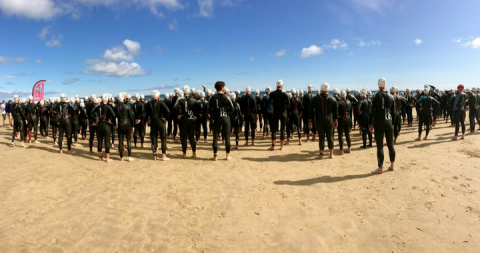Jonathan Winawer and Nathan Witthoft published an article in the INCF Gateway on F1000Research, which recently passed peer review, describing a step-by-step tutorial to systematically identify V4 – the brain’s fourth visual field – in humans. The authors explains why localizing V4 has been such a headache, their solution to demarcating this area, and why they decided to publish this all as a protocol.
A citizen science project carried out by the Hackuarium Association investigated the genome of various beers. The results of this work were published as as a Data Note on F1000Research. Jonthan Sobel explains what the thinking behind this project and what they found.
With the publication of our first Registered Report, Hollydawn Murray, from F1000Research, explains how we hope this format will enhance credibility.
The dogwhelk Nucella lapillus is a common predatory snail from North Atlantic rocky intertidal habitats that consumes barnacles and mussels. The snail forages when submerged by water and hides inside its shell during low tides. Shell color varies among dogwhelk individuals. Brown and white are common colors. As dogwhelks can easily be collected during low…
Eleanor-Rose Begg, from F1000Research, talks about exercise, both the benefits of keeping fit and the potential risks for extreme sport participants.
Kevin J. Black is an advisor for the F1000Research Tics collection. This collection provides a single portal to all the best research and clinical information on tics and tic disorders. Kevin gives us some background on Tourette Syndrome and the current research in this area. Georges A. E. B. Gilles de la Tourette was a…
Chao Zhang was an author on a recent F1000Research that article looked into the options available to researchers for reusing data gathered from patients during clinical research. He outlines the several stages that are needed for these data to be accessed and reused.
Tiago Barros, Product Strategy Manager at F1000 tells us about how much our peer reviewers tend to agree with each other after analysing peer review reports on F1000Research. After an initial analysis, he dug a bit deeper and found there was more than meets the eye.
One of the key aspects of F1000Research’s model is that all the referee reports are published alongside our articles. We believe this has many benefits. Eleanore-Rose Begg from F1000Research explains the merits of this collaborative peer review process.
Steven Frank, has started a series of essays to solve biological puzzles and provide a deeper understanding of biological design. He presents a brief summary of three examples from his series.















